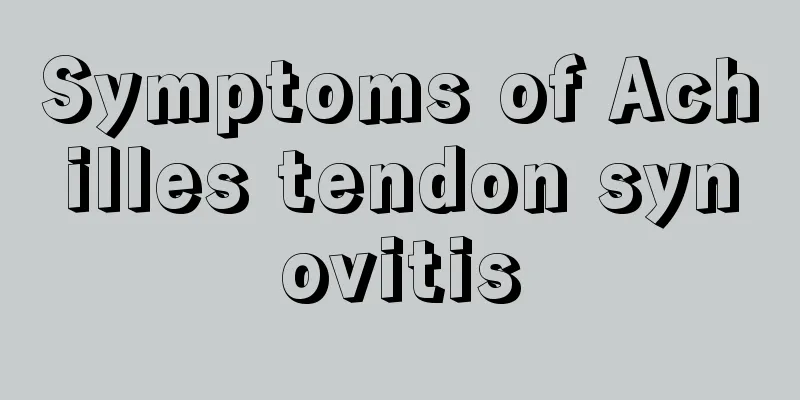What is biliary reconstruction surgery

|
This is a problem that many people often encounter in their lives: bile duct reconstruction. Because the human bile duct is very important, if this tissue has a disease, then due to these complications, it is necessary to prepare for puncture before the operation, and then choose drainage based on the angiography results. Angiography should be performed again one week after drainage to see the effect of the drainage. Therefore, the operation is not such a simple matter, and it requires very precise methods to control in order to achieve a thorough therapeutic effect. Surgical procedures 1. Preoperative preparation, puncture method and PTC. 2. First use a 22-gauge fine needle to perform PTC angiography to determine the location and nature of the lesion. 3. Based on the angiography results, select a thicker, straighter, horizontal bile duct for internal drainage cannulation. 4. Make another puncture point at the 8th intercostal space on the right midaxillary line. After local anesthesia, use a sharp knife to make a small hole in the skin. Ask the patient to hold his breath, and quickly insert the thick needle into the pre-selected bile duct under television monitoring. After a breakthrough feeling is felt when entering the bile duct, pull out the needle core, and insert the guide wire after the bile flows out smoothly. Keep rotating and changing the direction to allow the guide wire to pass through the obstruction end or the stenosis segment and enter the distal bile duct or duodenum. Remove the puncture needle, and after dilating the channel with a dilator, insert the multi-side hole catheter along the guide wire through the obstruction end or the stenosis segment. The side hole of the catheter is located above or below the obstruction end or the stenosis segment, and the catheter is fixed. After the bile flows out of the catheter smoothly, contrast agent is injected to take the film. 5. After one week of drainage, angiography is performed again to observe the position of the catheter and the drainage effect. Precautions during surgery 1. To ensure successful intubation, the tail of the puncture needle can be tilted 10°~15° toward the head, so that the needle tip can tilt slightly downward after entering the bile duct, which facilitates the guide wire to move smoothly down along the bile duct and enter the narrow distal end or duodenum. If it enters in parallel or the needle tip points upward, the guide wire is likely to touch the opposite side of the duct wall and curl, or the guide wire can point upward and enter the left hepatic duct. 2. Although PTC shows bile duct obstruction, sometimes the guidewire can still pass through the obstruction end into the duodenum. If the catheter cannot pass through the obstruction, proximal drainage can be performed for 5 to 7 days to allow the inflammatory edema caused by the infection in the bile duct to subside before inserting the guidewire and catheter to the distal end of the obstruction. 3. The drainage catheter should be prevented from falling off and becoming blocked. It should be flushed 1 to 2 times a day with 5 to 10 ml of normal saline and the catheter should be replaced every 3 days. If fever occurs during long-term catheter placement, it means that the catheter is blocked or displaced and needs to be replaced. Generally, after 10 to 14 days of drainage, a granulation channel larger than the catheter has formed in the liver parenchyma. If the catheter falls off, the catheter can be reinserted within 24 hours under the guidance of a guide wire. There are four situations in which the tube may come off: ① After surgery, the diaphragm and liver move up and down with breathing, so that the drainage tube cannot remain completely in the bile duct cavity, resulting in a blocked bile duct; ② The tube comes off into the liver parenchyma; ③ The tube comes off into the abdominal cavity; ④ It is not firmly fixed or is pulled out by the patient by mistake. |
<<: Extrahepatic bile duct does not include
>>: Will drinking shampoo kill you
Recommend
Double eyelid scar removal ointment Buck
With the continuous development of medical beauty...
How to take care of lung cancer? Introduction to scientific and correct care methods for lung cancer
The treatment and care of any disease are insepar...
How to treat and regulate colon cancer in the later stages of surgery
How to treat and regulate in the later stages of ...
Causes of colon cancer
A high-fat diet is a major cause of colon cancer....
What are the factors that lead to prostate cancer?
Prostate cancer is a malignant tumor that occurs ...
What does low progesterone and high hcg mean
After a woman becomes pregnant, she needs to unde...
What is the disease of dry mouth
There are always people who report that their mou...
Can alcohol cause primary liver cancer? Key points to note when caring for liver cancer
Liver cancer is a type of cancer that causes grea...
Can penicillin cure prickly heat?
Prickly heat is a very common disease in life, es...
What can people on dialysis eat
People who need dialysis generally do so because ...
What are the causes of atrioventricular heart block?
The health of the heart has always been a concern...
What will happen if you get double eyelid surgery when you are young and then get older?
With the change of aesthetic concepts in real lif...
Causes of fast heart rate in the morning
A fast heart rate is a very common symptom. Gener...
Will lymphoma cause numbness in the hands?
Lymphoma may cause numbness in the hands. Patient...
What to do if your hair is cut badly
Nowadays, many girls go to barber shops or beauty...









